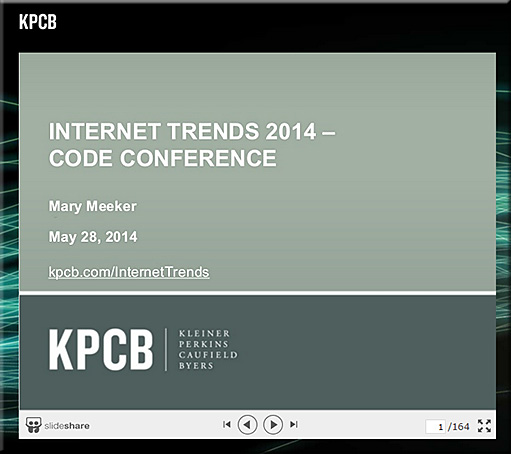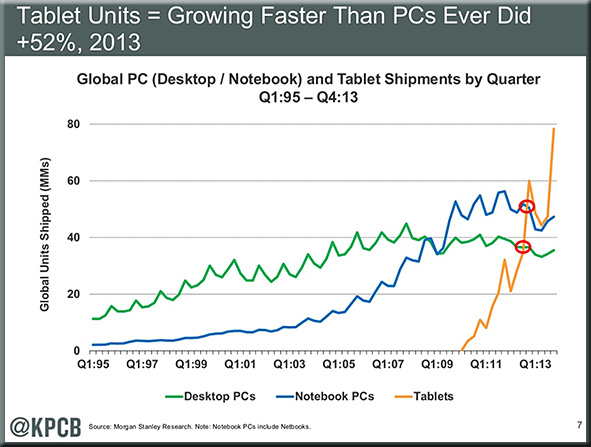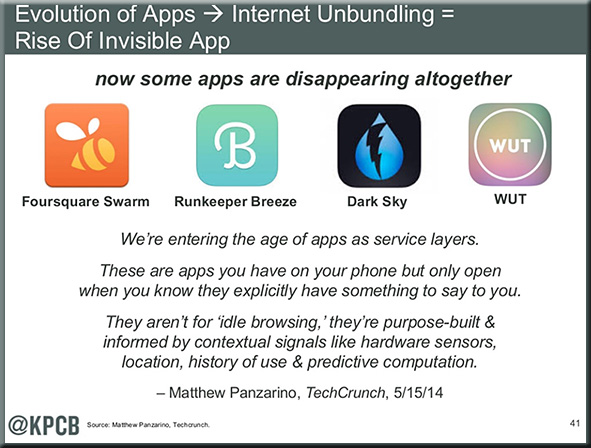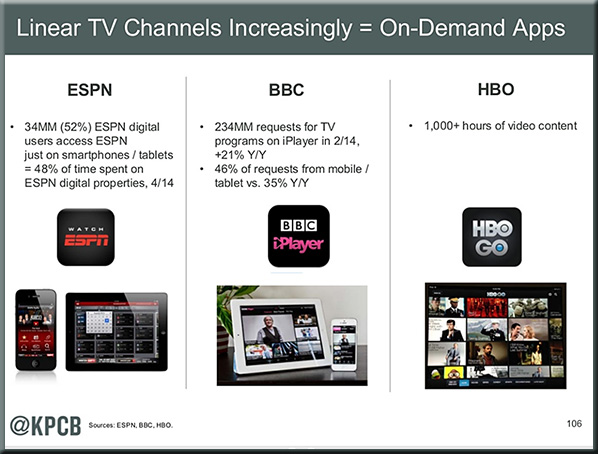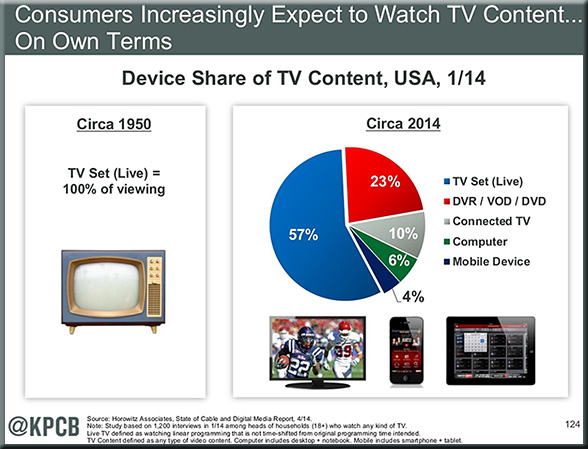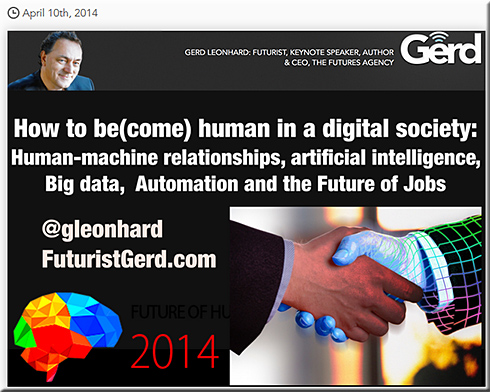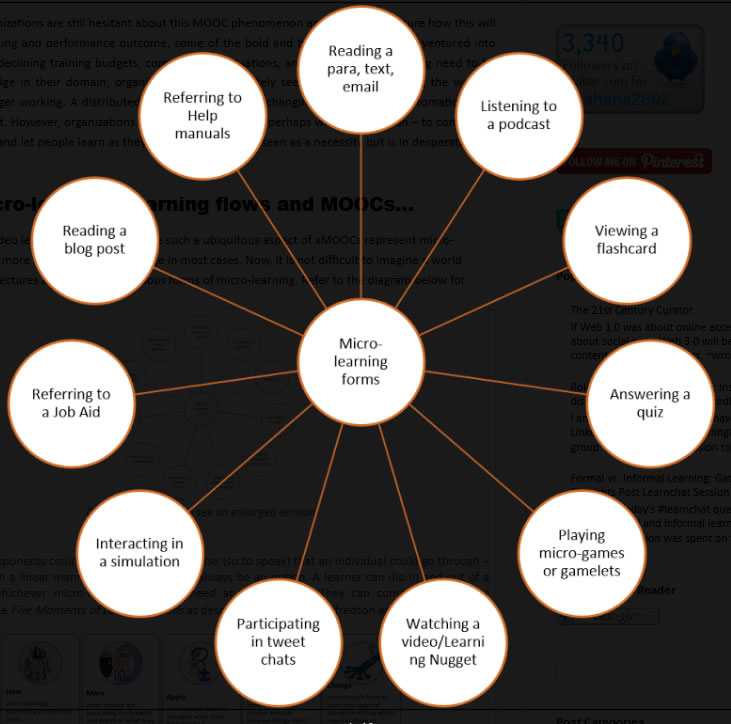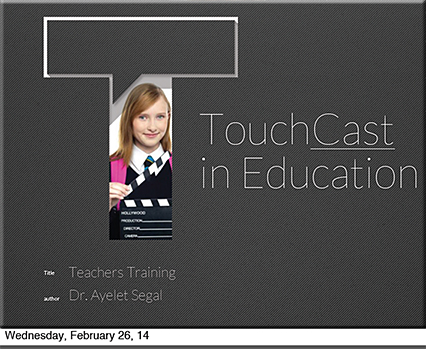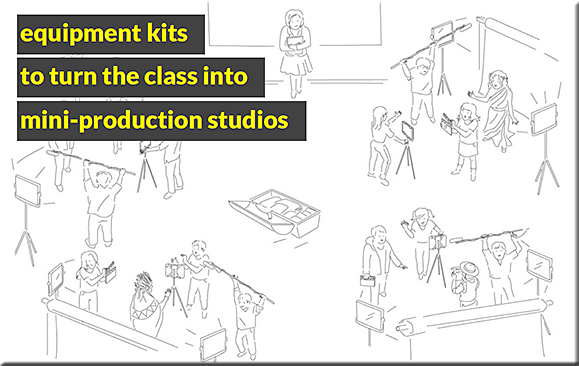New eBook: Mobile Learning in Context — from learningsolutionsmag.com, Janet Clarey, & others; with thanks to Mayra Aixa Villar for this item
Excerpt:
Mobile learning is here to stay: Why be tied to a computer when you can spend the day where you want and learn at the same time? But mLearning isn’t just eLearning on a smaller screen. It has specific demands and offers unique opportunities. Are you making the most of your mLearning? The eLearning Guild’s free eBook, Mobile Learning in Context, might inspire you to rethink your approach.
Rethink your approach
For Mobile Learning in Context, contributing editor Janet Clarey assembled a group of mobile learning thought leaders and asked for their take on the range of mLearning topics. Each of the essays will make you consider the possibilities of mobile learning in a whole new light. Among the eBook’s highlights:
Watch out for these trends in mobile learning: 2015 and beyond — from blog.originlearning.com
Excerpt:
- Global mobile data traffic grew 69 percent in 2014 and was nearly 30 times the size of the entire global Internet in 2000
- Mobile video traffic exceeded 50 percent of total mobile data traffic for the first time in 2012
- Mobile network (cellular) connection speeds grew 20 percent in 2014
- In 2014, on an average, a smart device generated 22 times more traffic than a non-smart device.
These are just some excerpts from Cisco’s Visual Networking Index: Global Mobile Data Traffic Forecast Update for 2014 to 2019, but they clearly prove a point. That, the usage of mobiles is growing faster than ever before, backed by the rolling out of quicker internet speeds and smarter phones at affordable prices.
- The research has also made important forecasts for the next 5 years, such as:
- The number of mobile-connected devices exceeded the world’s population in 2014.
- 4G traffic will be more than half of the total mobile traffic by 2017.
- Because of increased usage on smartphones, smartphones will reach three-quarters of mobile data traffic by 2019.
Now against the backdrop of such information, it is interesting to explore what role mobiles are playing in shaping up the workplace learning scenario. These trends with mobile learning are evidence to the fact that we are on the brink of a new era of learning – through the mobile device.
Learning in a Multi-device World (Infographic) — from upsidelearning.com by Pranjalee Thanekar; with thanks to Mayra Aixa Villar for this item
Excerpt:
According to the Verto Analytics’ Device Ecosystem US 2014 report, the average number of smartphones, tablets and computers used by an average US adult is 2.8 devices. Further, consumers show an increasingly polarised preference towards a particular device and platform as technology evolves. This indicates the increasing dependency on devices, generated by the ease in switching between tasks and the leverage it provides.











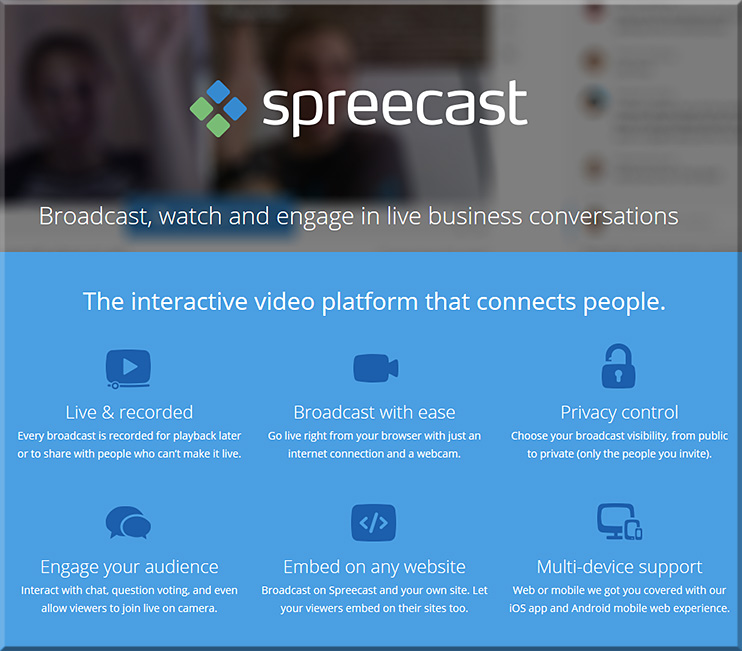

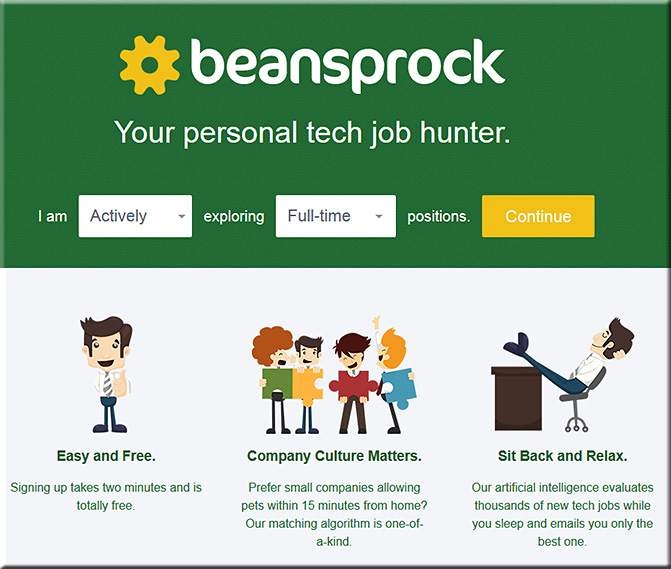
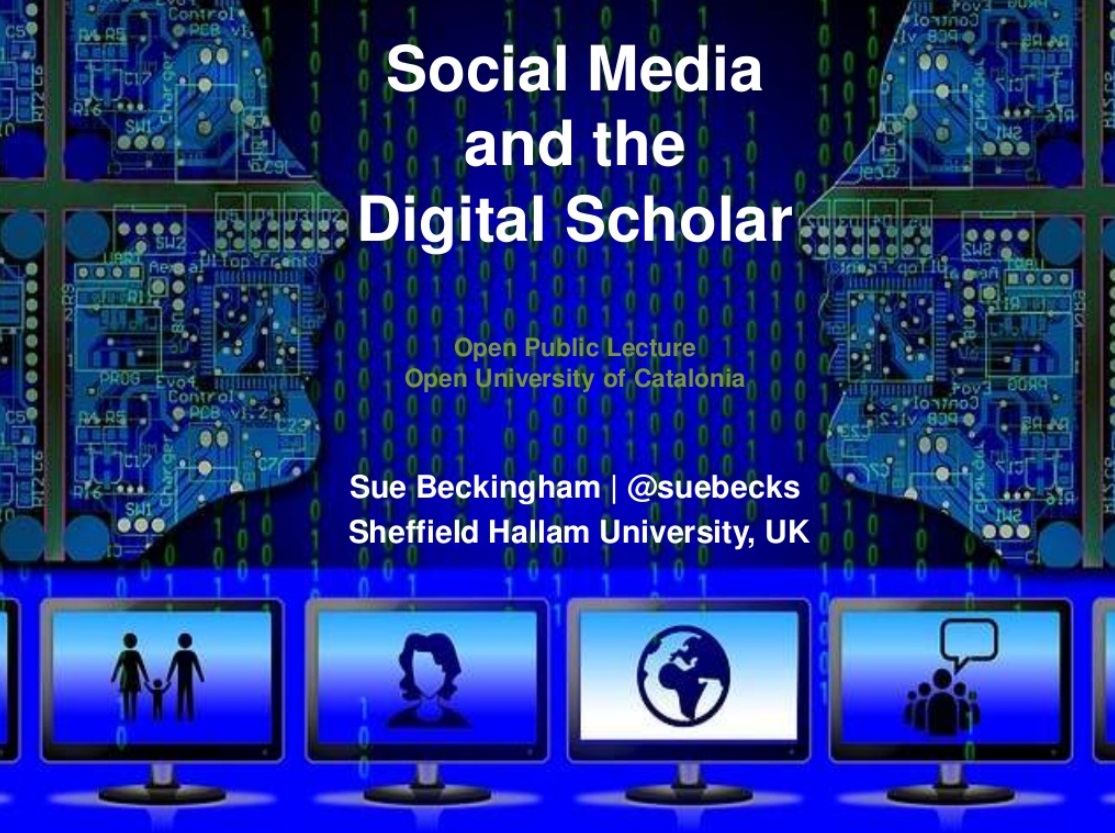

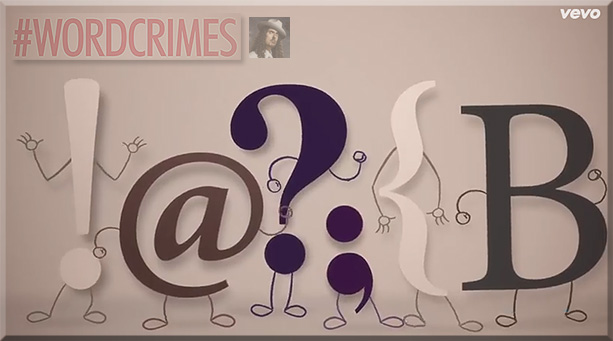
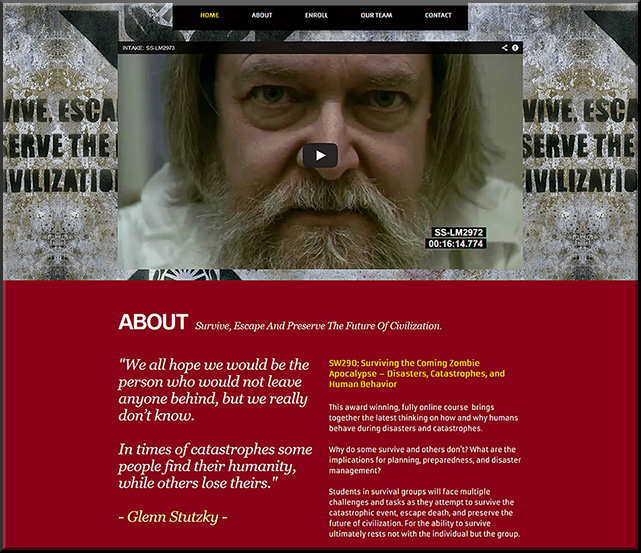
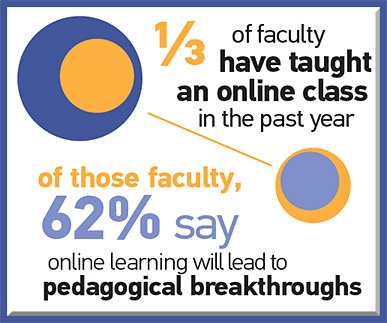
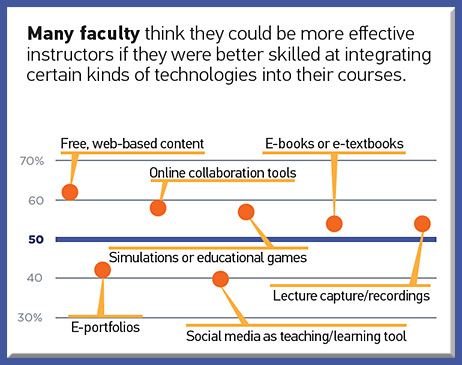

![The Living [Class] Room -- by Daniel Christian -- July 2012 -- a second device used in conjunction with a Smart/Connected TV](http://danielschristian.com/learning-ecosystems/wp-content/uploads/2012/07/The-Living-Class-Room-Daniel-S-Christian-July-2012.jpg)
